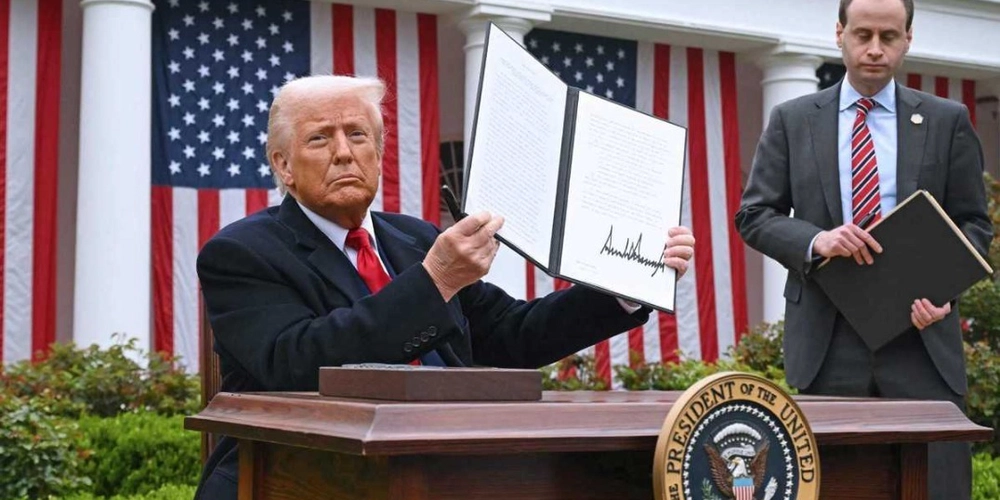Dev
5d
90

Image Credit: Dev
Trump’s 2025 Reciprocal Tariff Policy | Vibe Weekly Vol.002
- Trump's 2025 reciprocal tariff policy, announced on April 2, aims to impose tariffs equivalent to other nations' levies on American goods.
- The policy targets countries like China, EU, Japan with tariffs above 10% on U.S. exports, focusing on steel, aluminum, automobiles, and electronics.
- Import car tariffs are increased to 25%, impacting German, Japanese, Korean, and Chinese automakers.
- A proposed universal 20% flat tariff on all imports could reduce trade deficits.
- Objectives include reducing reliance on foreign goods, reviving U.S. manufacturing, and countering perceived unfair practices like subsidies and currency manipulation.
- The policy risks escalating trade wars, disrupting supply chains, fueling inflation, and potentially destabilizing WTO frameworks.
- Market reactions included the S&P 500 index falling 4.8%, with $2 trillion in market value lost, along with declines in Dow Jones, Nasdaq, Asian, and European stock markets.
- The policy reflects Trump's 'America First' agenda, prioritizing economic leverage over multilateral cooperation.
- The article also features curated insights on topics like tech tools for developers, AI workflow automation platforms, information aggregator tools, and web development podcasts.
- Additionally, it covers AI trends such as breakthroughs in big models, algorithmic revolution, hardware and robotics advancements, investment trends, and AI coding innovations.
Read Full Article
5 Likes
For uninterrupted reading, download the app